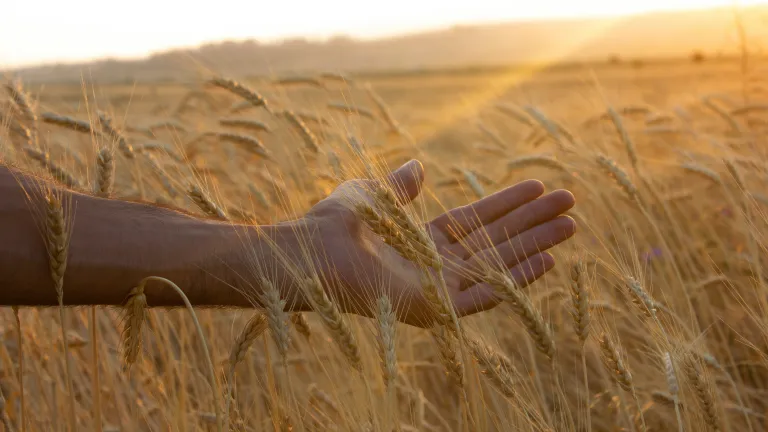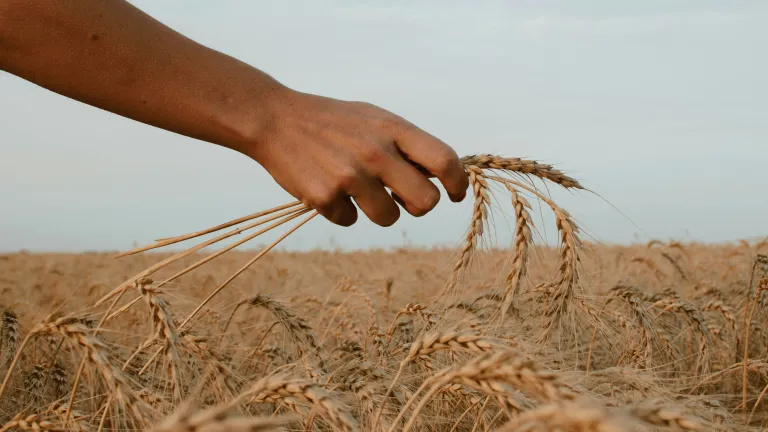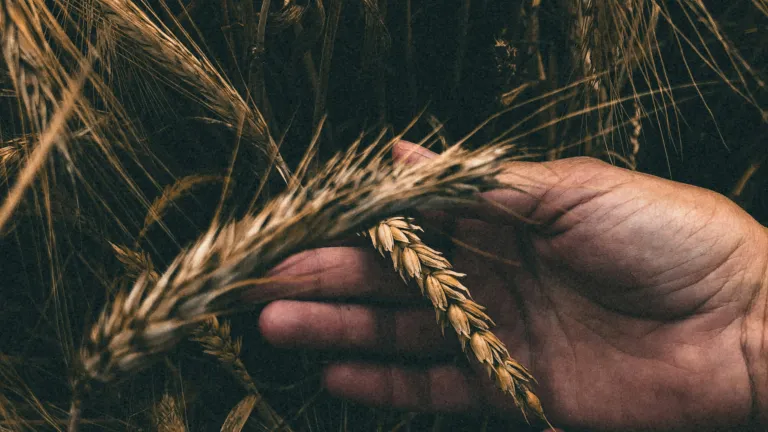How Do We Count to the Day of Pentecost?

The instruction for counting Pentecost is found in Leviticus 23:15-16. It tells us to count 50 days from the day of the wave-sheaf offering—resulting in the Day of Pentecost falling on a Sunday each time.
Normally, the task of counting is straightforward. However, when the Days of Unleavened Bread begin on the first day of the week and end on the weekly Sabbath, the Sabbath referred to in Leviticus 23:15 and the day after it for the wave-sheaf offering cannot both fall during the festival.
Because of this timing, there are two potential dates to consider for the wave-sheaf offering (the “morrow after the Sabbath” mentioned) from which we count Pentecost—either the wave-sheaf offering coincides with the First Day of Unleavened Bread, or the wave-sheaf offering happens after the Unleavened Bread festival, one week later. Which date is correct?
Thankfully, there is a scriptural example that indicates which date to use and brings clarity to this issue. In the year described in Joshua 5, the Unleavened Bread festival began on the first day of the week, just as it still does in some years today. In verses 11 and 12, we find that the Israelites ate of the spring harvest on the day after the Passover, something they could not do until the wave-sheaf offering had been made (Leviticus 23:9-14). The wave sheaf, an offering taken from the spring crop before harvesting was allowed to begin, was offered on the same day from which Pentecost was to be counted (Leviticus 23:15).
The only way for the scene described in Joshua 5:11-12 to take place was that the wave sheaf was offered on the first Holy Day of Unleavened Bread, allowing the Israelites to begin eating the spring crop immediately. It also meant that Pentecost fell seven weeks from that day.
This example shows us how to calculate Pentecost in a year when the Feast of Unleavened Bread begins on the first day of the week and ends on the weekly Sabbath. In that case, the first Holy Day would also be the day of the wave-sheaf offering and is the first day from which the count to Pentecost begins. This means that every year the count toward Pentecost begins during the Feast of Unleavened Bread, not outside of it.




